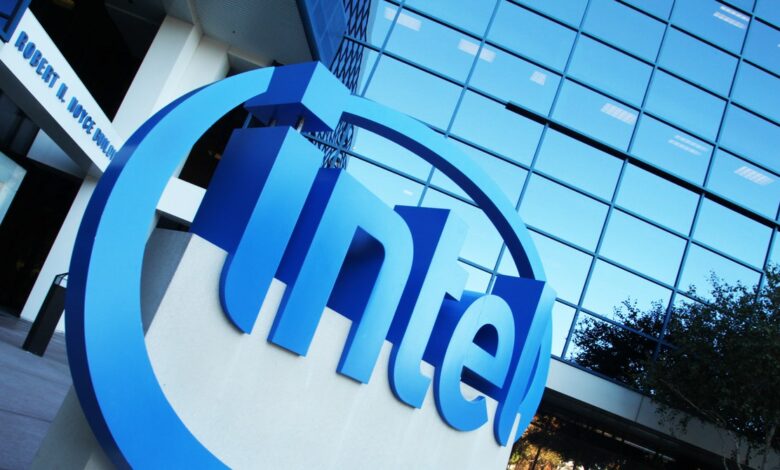Intel is cutting more than 15,000 jobs despite receiving billions of dollars from the US government

In a move that may raise some taxpayers’ eyebrows, Intel said today it would cut 15 percent of its workforce, or more than 15,000 jobs, as it struggles to recover from disappointing results. In March, the U.S. government said it would provide Intel with no less than $8.5 billion to help it rebuild its U.S. chip manufacturing operations.
Intel said its revenue fell 1 percent year over year in the second quarter. “We do not take this lightly, and we have carefully considered the impact this will have on the Intel family,” CEO Pat Gelsinger said on an earnings call today. “These were difficult but necessary decisions. These cuts do not impact our ability to execute on our plan.”
Intel said the job cuts will affect areas including sales, marketing and administration, and will be part of a broader cost-cutting plan. The move comes after Intel announced a 5 percent staff cut last year. The company’s shares fell more than 17 percent in after-hours trading.
“That’s a lot of jobs,” Patrick Moorhead, principal analyst at Moor Insights & Strategy, a chip industry consultancy, told WIRED. Still, Moorhead said it’s a positive sign that the proposed layoffs appear to be targeted rather than widespread. “Layoffs don’t always mean something is wrong with a company, but to me it’s all about strategy,” he said.
Intel is struggling to execute a challenging turnaround plan that involves refocusing on making chips for others through its foundry business and moving to faster, more advanced manufacturing methods. In February, the company indicate its acceleration path Advanced chip manufacturing is on track to become the world’s second-largest foundry by 2030. Intel said today that it is still on track to meet those goals.
The amount Intel received in March was the largest grant the U.S. government has awarded to date through CHIPS ActThe 2022 bill would allocate $52.7 billion to rebuild chip manufacturing and invest in chip research and workforce training. The company would also receive a tax credit of up to 25 percent on $100 billion invested and would be eligible for up to $11 billion in federal loans.
The $8.5 billion awarded to Intel will be used to build factories in Arizona, New Mexico, Ohio and Oregon. Intel says the investments it is making in these chip factories will create more than 10,000 jobs for the company, 20,000 jobs in construction and thousands more in supporting industries. “The money that Intel is bringing in is being used to build factories,” said Moorehead of Moor Insights & Strategy. “It’s not stopping, and it’s really creating a lot of jobs.”
After decades of success thanks to the rise of personal computers, Intel has failed to capitalize on the smartphone era, ceding market share to chips based on Arm designs. More recently, it has seen Nvidia, a company that started out making graphics chips for gaming, rise to prominence thanks to the importance of hardware in training AI algorithms. Intel has also fallen behind its manufacturing rivals, TSMC in Taiwan and Samsung in South Korea.
The U.S. government is helping fund Intel’s restart because advanced chips are seen as critical to economic and geopolitical competitiveness. The pandemic has highlighted how vulnerable many U.S. industries are to fragile global supply chains. Advanced chips are also critical to building Artificial intelligenceincreasingly seen as a national imperative.
Today, the United States produces 12 percent of the world’s semiconductors, compared with 37 percent in the 1990s. Consulting firm McKinsey has predicted that the value of the semiconductor industry will develop impressively this decade, from $600 billion in 2021 to more than $1 trillion in 2030.
Dan Hutcheson, an analyst at Tech Insights, said Intel’s revenue shortfall reflects the ongoing shift toward AI-focused data center computing. “It used to be [Intel] own the data center,” Hutcheson said. “What we’ve seen over the last few years is that the big hyperscalers have focused on AI and GPUs—the whole AI data center.”
Hutcheson said Intel’s overall strategy seems sound, but the cuts show the company is struggling to address the turmoil that set it back in the first place.




